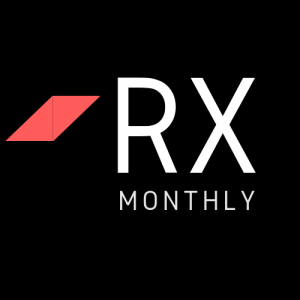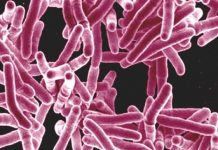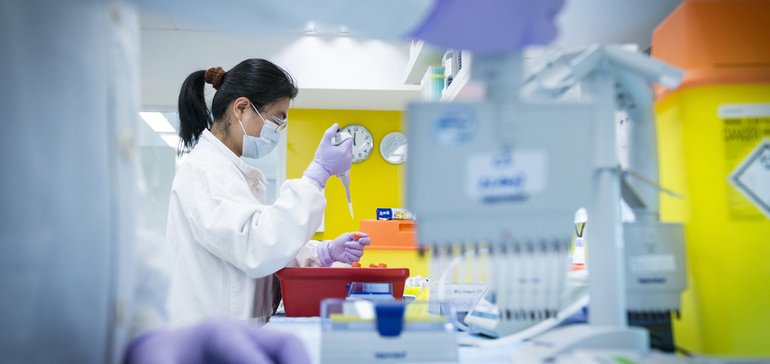Long known for its prowess in cardiovascular and respiratory diseases, AstraZeneca has joined its pharmaceutical peers in making a bigger play in oncology.
While the British drugmaker has lagged in cancer immunotherapy, its medicines Tagrisso (osimertinib) and Lynparza (olaparib) have quickly become leading therapies for certain types of lung and ovarian cancers, respectively.
Fast growing sales of Tagrisso, for instance, could make the drug AstraZeneca’s top-seller this year — an achievement helped by falling revenues from the current title holder, the respiratory treatment Symbicort (budesonide/formoterol).
AstraZeneca’s collaboration with Daiichi Sankyo, meanwhile, significantly escalates the company’s investment in cancer.
Per deal terms, AstraZeneca will pay half of the $1.35 billion in upfront money at execution, with the rest payable one year later. Daiichi Sankyo stands to earn as much as $3.8 billion for achieving future regulatory and other milestones, plus another $1.75 billion in contingent payments tied to potential sales of trastuzumab deruxtecan.
In return, Daiichi Sankyo will share global profits outside of Japan equally with AstraZeneca. In the U.S., the largest pharmaceutical market, Daiichi Sankyo will record sales and then split profits.
To help fund the deal, the British pharma aims to raise $3.5 billion via a stock placement with new and existing institutional investors.
If trastuzumab deruxtecan wins regulatory approvals as the companies expect, AstraZeneca claims the deal will be accretive to core earnings per share as soon as 2020, with a “significant contribution” expected by 2023.
An approval could occur soon: the companies intend to make the first regulatory filing of the drug in the second half of the year, for advanced or refractory breast cancer. That timeline marks an acceleration of Daiichi Sankyo’s original plans, which had called for a first filing in 2020.
Trastuzumab deruxtecan is an antibody-drug conjugate, linking a toxic chemical payload to a HER2-targeting monoclonal antibody. The technology for such drugs has been developed for years but — outside of Roche’s Kadcyla (trastuzumab emtansine) and Seattle Genetics Adcetris (brentuximab vedotin) — the commercial track record has been mixed.
AstraZeneca and Daiichi claim their drug could surpass Kadcyla, potentially replacing the Roche molecule in treating metastatic HER2+ breast cancer in second- and third-line treatment.
But it’s in HER2 low breast cancer where AstraZeneca sees a larger opportunity for Daiichi Sankyo’s drug, citing early data showing competitive efficacy to several current treatments for hormone receptor positive tumors.
Outside of breast, AstraZeneca notes gastric, bladder and lung cancers as other tumor types with opportunity for further HER2-targeting treatment options.
For CEO Pascal Soriot, the deal is a major bet to expand AstraZeneca’s reach in oncology. Along with a $4 billion deal for Acerta Pharma in 2016 and the $2.7 billion acquisition of ZS Pharma in 2015, the Daiichi Sankyo deal ranks among the pharma’s largest external buys under Soriot.
In scope, it’s similar to a licensing agreement Bristol-Myers inked with Nektar Therapeutics in early 2018, paying the smaller biotech $1.85 billion upfront for minority rights to an experimental immunotherapy.
AstraZeneca has played Daiichi’s role before, too, agreeing to sell off partial rights to Merck & Co. to Lynparza in an deal worth as much as $8.5 billion nearly two years ago.
Such out-licensings have characterized AstraZeneca’s dealmaking for years, as the company divested assets to help offset the impact of former top-sellers like Crestor (rosuvastatin calcium) and Nexium (esomeprazole).
Now, however, Soriot looks to be driving the pharma in the opposite direction, just as rosy company forecasts predict this year will mark the first full year of product sales growth since 2014.








